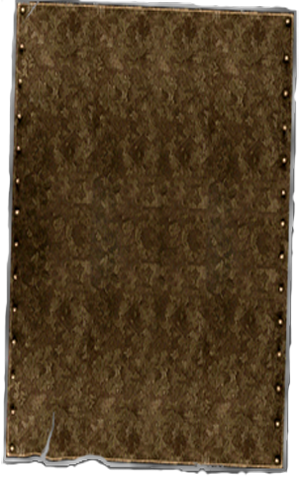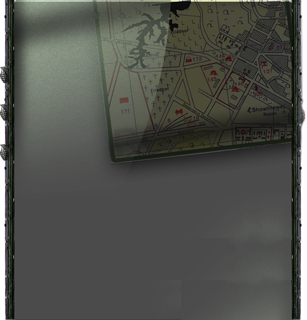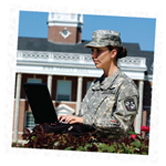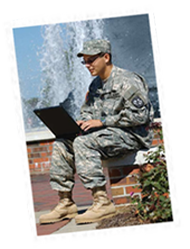







As cadets receive these stories, they encounter what Kenneth Bruffee (1999) said every tutor endures during his tenure:
In such a course, collaborative peer tutors can also learn some of the practical skills of dealing with people under stress. They can learn where students' most debilitating academic difficulties lie and how to deal with them, how to open conversations with reticent or fearful students, how to evade overdependent tutees, how to empower and encourage without raising expectations too high, and so on. In short, the course can help peer tutors bring to bear in an academic context the highest degree of social maturity they are capable of. (p. 99)
In a like manner, cadets learn the stress of soldiering from the soldiers themselves and discern how to encourage and empower the soldier to achieve excellence without expecting more of them than they are capable of achieving.
Secondly, cadets become better writers themselves by learning to read and
provide constructive guidance for the war stories they will share:
"They develop writer's awareness as readers by developing their sense
of form. Because writers are always their own first readers, the better readers
they are, the better writers they are likely to become" (Bruffee, 1999,
p. 62). Through this collaborative process, cadets learn about organization,
form, and style by providing feedback regarding these very things for the
stories they will read and help to create. As the feedback is received by
the soldiers, the corrections made, and the revised version submitted, the
cadets feel a sense of pride knowing that they've not only helped to create
a better story (both grammatically and contextually), but have become better
writers themselves. In their chapter "What is Collaborative Learning?"
Barbara Leigh Smith and Jean T. MacGregor (1992) provided evidence regarding
the positive influence peer writing affords:
Getting and giving feedback helps students understand that writing is a social process, not a solo performance. Peer writing also makes better writers. A major research study from the University of Chicago compared results of all the major approaches in teaching composition. It concluded that "having students work independently in small groups on purposefully designed and sequenced tasks produces significantly better results, as measured by the quality of thinking revealed in the writing, than does the current lecture method, whole class discussion methods, or open-ended group work." (p. 16)
Another study conducted by Alexander Astin in 1993 concluded that
research has consistently shown that cooperative learning approaches produce outcomes that are superior to those obtained through traditional competitive approaches, and it may well be that our findings concerning the power of the peer group offer a possible explanation: cooperative learning may be more potent than traditional methods of pedagogy because it motivates students to become more active and more involved participants in the learning process. (p. 427)
Though Kenneth Bruffee's 1999 article admitted that research concerning use of collaborative learning practices in higher education "remains inadequate" (p. 264), there is still ample proof that collaborative learning has its merits.
Telling War Stories Project Pre-OPs/Unit Cohesion: Collaboration – 3